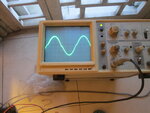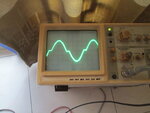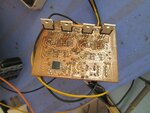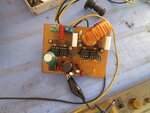thannara123
Advanced Member level 5
You mean circuit from message #326? or something else?
i Meant the latest version of this thread
Follow along with the video below to see how to install our site as a web app on your home screen.
Note: This feature may not be available in some browsers.
You mean circuit from message #326? or something else?




in this circuit mcu is not generate pulses in three cases - when start, voltage on adc3 (PB3) is lower than (Vdd/255)*207 (3,9V if Vdd=4,8); in work mode when adc3 input < (Vdd/255)*184 (3,5V) or when PB2 < Vdd/3.